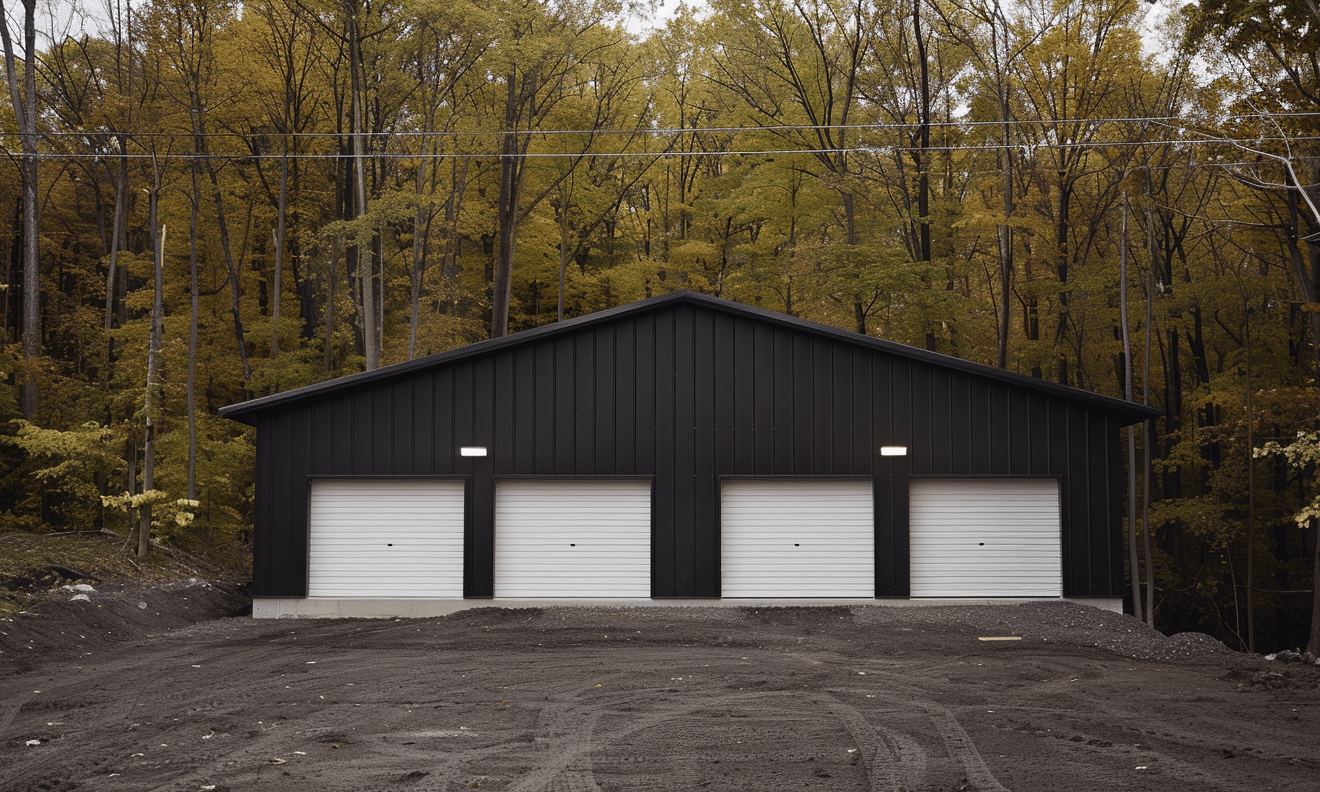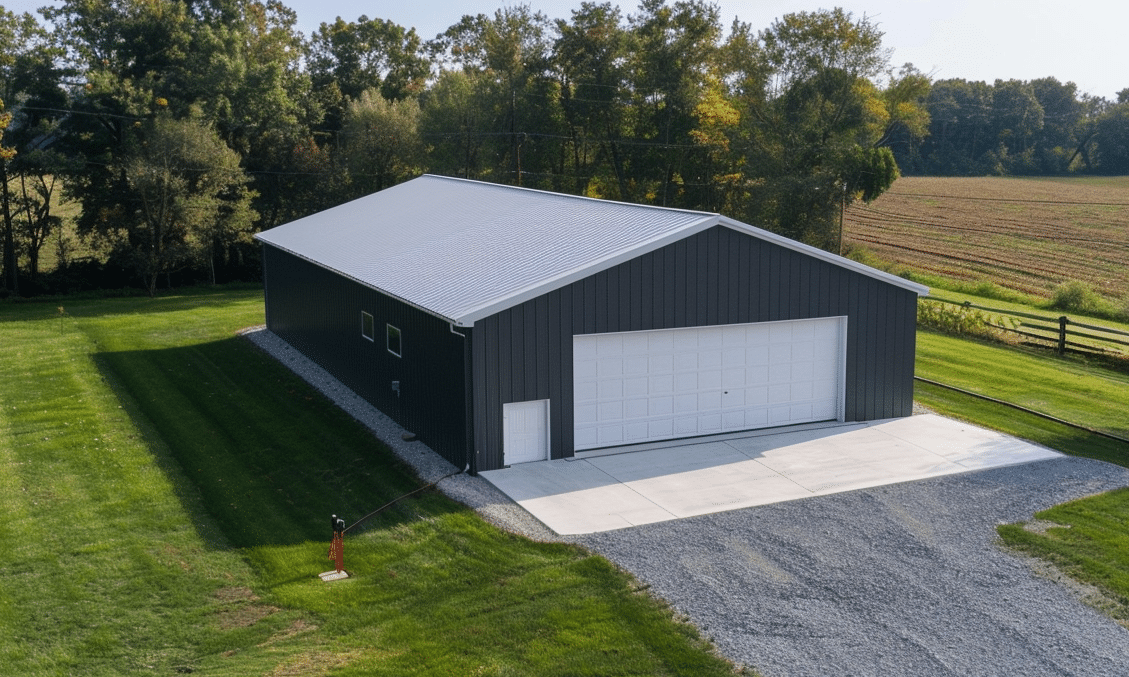Creating a custom home interior design is like painting on a blank canvas. The possibilities are endless, the colors vivid, and the styles varied. Whether you’re drawn to the clean lines of contemporary design or prefer the warmth of traditional styles, your custom home interior design can reflect your personality and lifestyle. But how do you transform ideas into reality? Grab a seat and let’s embark on this design journey together.
Understanding Your Design Preferences
How do you envision your ideal living space? To make this clearer, imagine walking into your dream home. Do you feel embraced by rustic charm, or is it the minimalistic elegance that captures your attention? Your design preferences are integral to creating a custom home interior design that truly feels like you.
Consider curating an inspiration board on Pinterest or browsing through design magazines. Sometimes, the hardest part is discovering what you really love. Whether you are attracted to vibrant, bohemian styles or lean towards eco-friendly interior design, the key is to make it uniquely yours.
Identifying Functional Needs
Functionality in interior design is paramount. What roles will your home serve? Do you need space for entertaining guests or a quiet zone for remote work? Understanding your functional needs ensures that each room serves its purpose and enhances your daily life.
Analyze the space you have and how you want to use it. This might include integrated storage solutions for a clutter-free environment or open, airy spaces if you entertain often. Remember, it’s not just about how your home looks, but how it works for you.
Exploring Custom Home Features
Custom home features elevate your interior design from standard to spectacular. Personalized elements can cater to specific tastes and requirements. Think about unique lighting solutions, built-in shelves, or a statement fireplace. These features not only enhance aesthetics but add to the functionality of your space.
Looking for inspiration? Custom home features that reflect your individuality can truly transform your living experience. Whether it’s a custom kitchen island or tailored closet spaces, these personalized touches make a house a home.
Balancing Aesthetics and Budget
Creating a custom home interior design doesn’t necessarily mean breaking the bank. Effective budgeting ensures a beautiful, functional space without financial strain. Prioritize elements that matter most to you and consider where compromises can be made. For instance, investing in timeless furniture pieces can be balanced by opting for more affordable trendy accents.
Consider incorporating sustainable materials, which offer both aesthetic and cost benefits. For those committed to eco-conscious living, explore eco-friendly interior design options that reduce carbon footprints while maintaining style and flair.
Choosing the Right Color Palette
The color palette sets the tone for your entire home. Color is emotion. It’s creativity. It’s life. Selecting the right hues is crucial because they influence mood and space perception. For instance, lighter colors can make a room feel larger, while darker shades add warmth and intimacy.
Experiment with shades and textures. Brighter tones can inject zest into a family room, while tranquil blues may suit a serene bedroom setting. Allow your chosen palette to echo your personal style and create harmony throughout your home.
Textures and Patterns: Adding Depth & Interest
The interplay of textures and patterns brings dimension and vitality to any room. Imagine a plush rug underfoot or the subtle allure of a textured wall. These elements attract the senses and invite interaction.
Patterns, whether bold or understated, can breathe life into a space. A patterned wallpaper could serve as an accent wall, or a collection of patterned throw pillows might offer the perfect pop of color in your living space.

Lighting: The Unsung Hero of Interior Design
Lighting transforms and accentuates your home’s visual appeal. It’s the silent symphony playing in the background, guiding the ambiance of your spaces. From chandeliers and pendant lights to sleek, modern track lighting, the choices are as vast as your imagination.
Explore layered lighting by combining ambient, task, and accent lighting to add depth and versatility. Adjustable fixtures can add drama with focused light for artwork or create warmth in intimate settings. The key is to ensure flexibility for various functions and moods.
The Role of Furniture in Your Design
Furniture is more than just function; it’s the visual heartbeat of your home’s decor. Selecting the right pieces involves striking a balance between comfort, style, and functionality. Do you prefer the sleek lines of mid-century modern pieces or the ornate curves of classical furniture?
Consider how each piece of furniture relates to your overall design theme. Multi-functional furniture can maximize small spaces, which is handy for urban dwellings. For a seamless look, align furniture choices with your color palette and available space.

Accessorizing Your Space
Accessories are the jewelry of your interior design. Items such as artwork, plants, and decor accents personalize your space. Accessories add layers and tell the story of your unique style.
Try mixing old with new to create a collected look. A vintage clock might pair beautifully with modern vases, while unique collectibles can serve as conversation starters. Remember, it’s the small details that often leave a lasting impression.
Collaborating with Professional Designers
While designing your custom home interior is an exciting adventure, sometimes enlisting experts can enhance the process. Consider hiring a professional designer to refine your ideas into a cohesive design scheme.
Professional designers offer insight into spatial layouts, material selections, and trending styles that may suit your taste. Companies like Your Building Team can guide you through each step, ensuring your dreams turn into reality with precision and flair.
Creating a Sustainable Home Design
Sustainability is more than a trend; it’s a lifestyle choice impacting interior design. Incorporate sustainable practices by using recycled materials, energy-efficient appliances, and eco-friendly textiles.
Opting for sustainably sourced materials can significantly reduce the environmental footprint of your home. It’s a win-win: you get a stylish home while contributing positively to the planet.

Navigating the Canada Mortgage and Housing Corporation Guidelines
In Canada, Canada Mortgage and Housing Corporation – Custom Home Interior Design offers comprehensive resources and guidelines for those embarking on the custom home journey. These guidelines are invaluable for understanding building codes and sustainability practices.
Conclusion: Bringing Your Vision to Life
Embarking on a custom home interior design project is an exhilarating endeavor that allows you to translate personal preferences into a tangible living space. From choosing color palettes and functional features to selecting the perfect pieces of furniture, every decision reflects your unique style.
Keep your vision clear, consider professional help when needed, and remember to enjoy the creative process. With thoughtful planning and execution, your custom home will not only meet your functional needs but will resonate with your personal character, creating a haven you’ll love for years. Whether you’re opting for Custom Building Projects or simply personalizing your interiors, your home is your canvas — paint it with creativity and passion!










